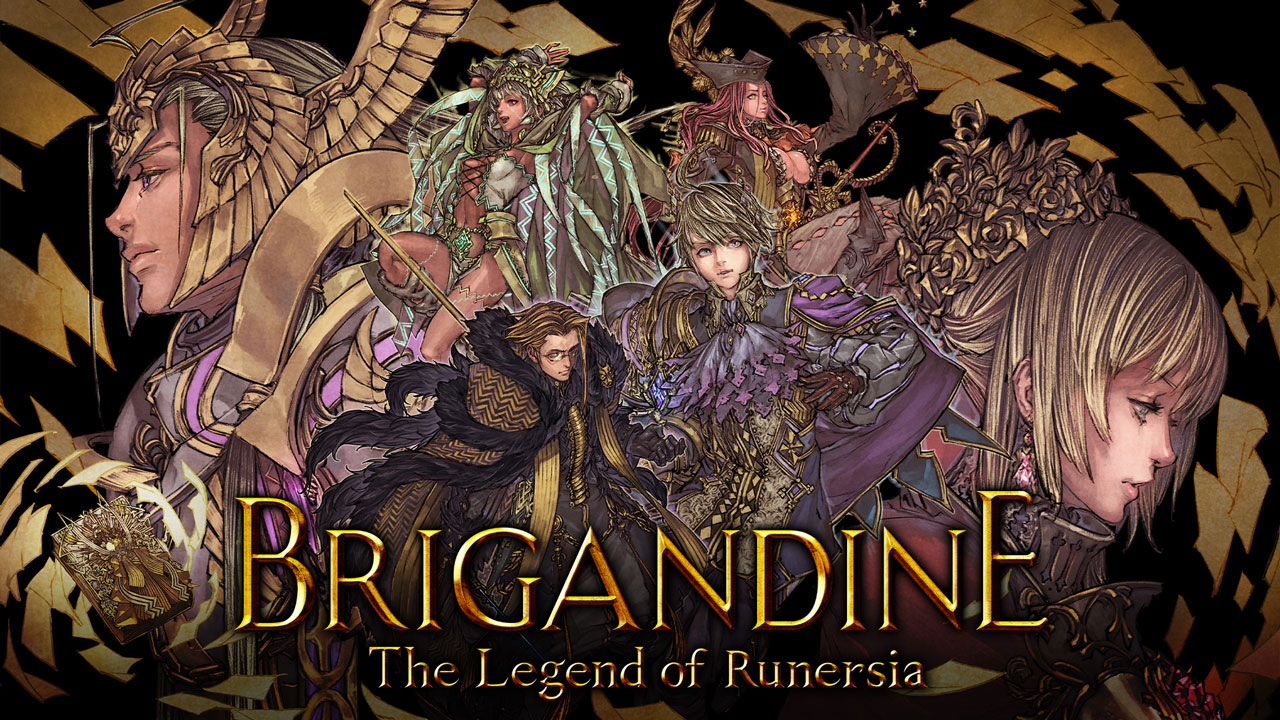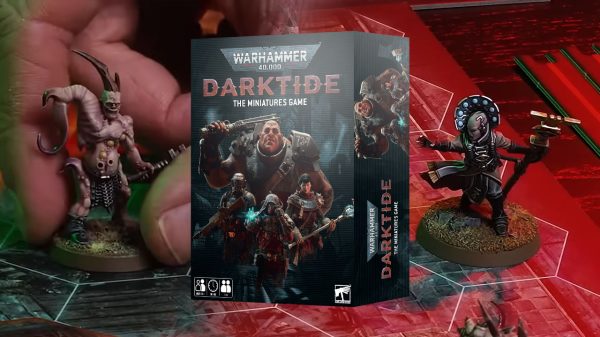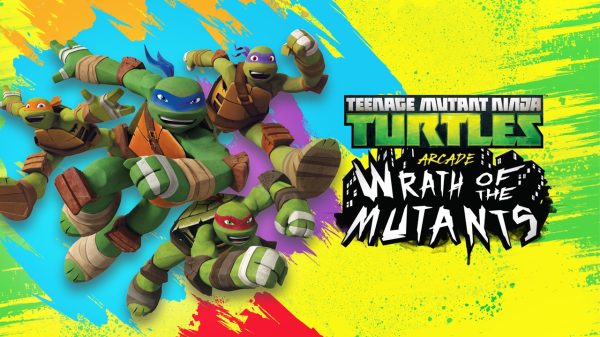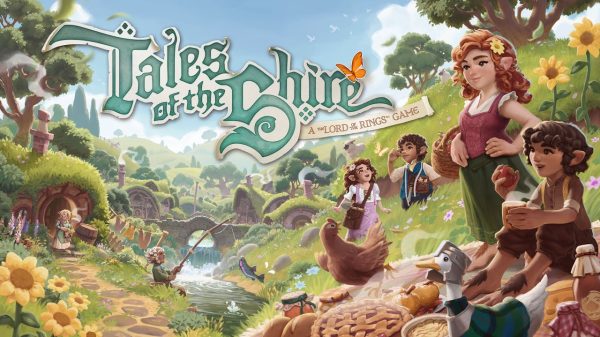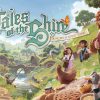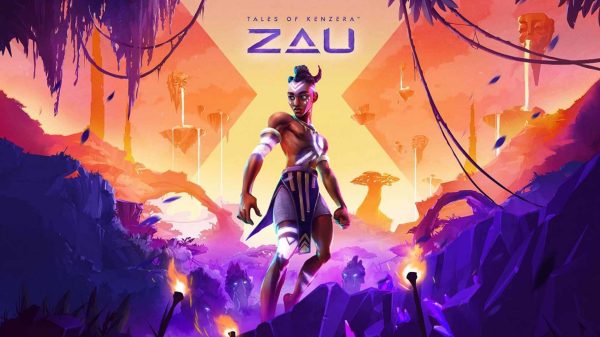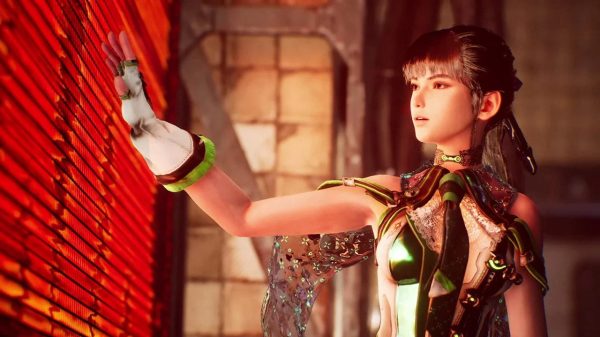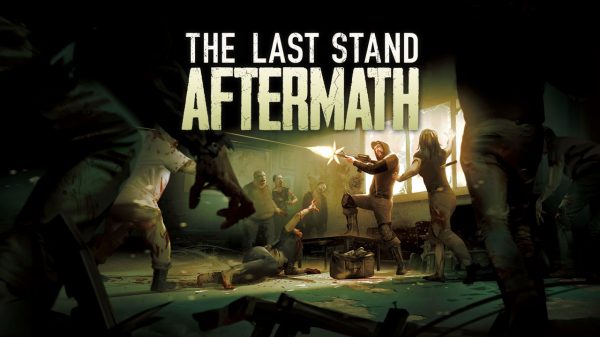In recent years, tactics games have stepped up in what makes them special, taking what amounts to elaborate chess and extracting every bit of potential in active and passive gameplay. Whether it’s X-COM’s personalisation, Fire Emblem’s anime relationships or The Banner Saga giving you depression, most modern tactics games have engaging systems and mechanics that carry on beyond the battlefields. Brigandine: The Legend of Runersia, sequel to the long-forgotten Brigandine: The Legend of Forsena, falls just short of what has made contemporary tactics games immensely pleasing, relying too much on the decent and enjoyable fundamentals, but struggling to support its main gameplay.
Brigandine’s story is a political tale that sees the six factions of Runersia vying for control of the continent and its mana supply. The motivations and rationale behind each faction varies, such as Guilmole’s power vacuum and inner turmoil that sees Eliza rise to the Presidency from being a humble dancer. As a contrasting example is the Holy Gustav Empire, a fascist state that sees superiority in their blood, and seeks to right previous wrongs committed against their now fractured empire, hmm. There’s also a pirate themed faction and naked anarchist fairies. The point being, it shouldn’t be hard to find a faction that tickles your pickle.
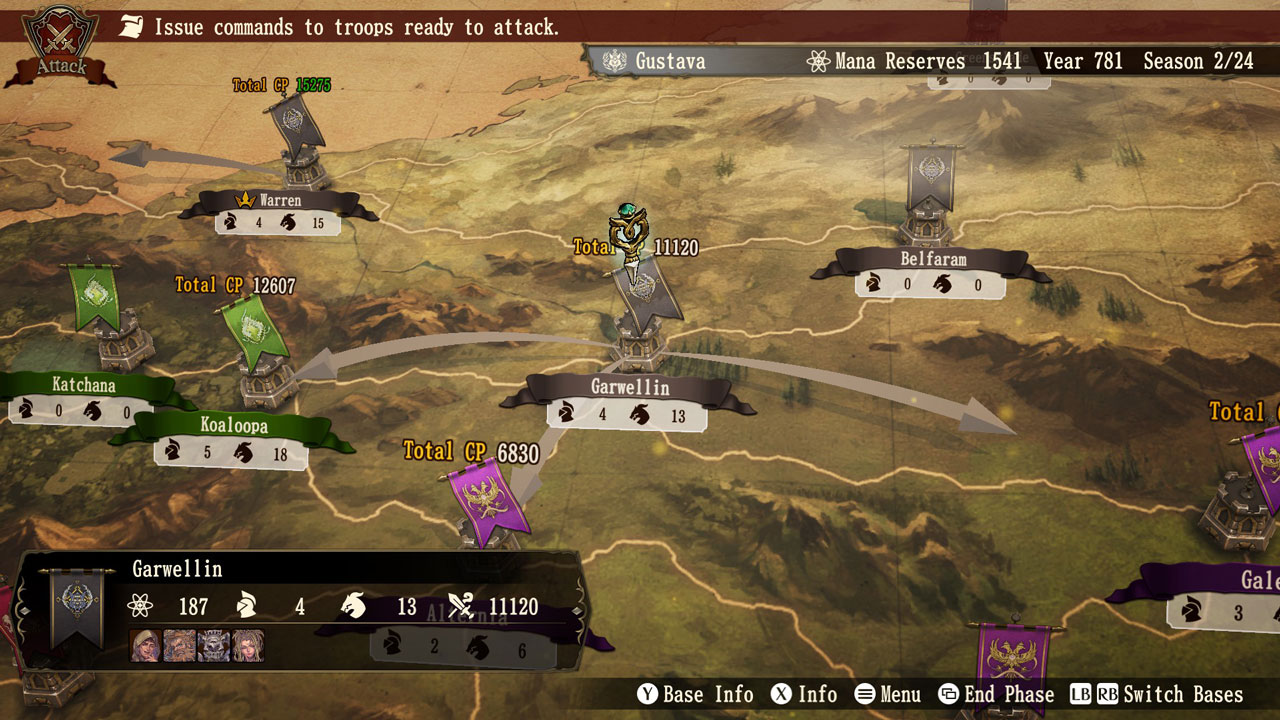
The more arrows the better
What is difficult is sitting through the long conversations that seldom actually move the plot forward, more or less amounting to characters commenting on the state of the world, introductory scenes for your Rune knights that you’ll never hear from again, or lore that’s rigorously developed but made in no part interesting. While I can appreciate the effort it takes to write the six different stories, Brigandine overly explains what motivates its kingdoms but never actually tries to get the player invested on the same level. When there’s such dense characterisation for the different factions, it feels hollow not getting the player invested and fired up to conquer the lands in the same capacity as the characters. Too much time is dedicated to trope-heavy scenes rather than establishing a specific antagonistic force for you to rise against, leaving the player to battle first and the story to contextualise itself after.
Thankfully, after completing the story mode, a challenge and creative mode become available that strips away any story in favour of more arcade-style gameplay. To which, I actually enjoyed these modes far more. Challenge mode gives you increasingly difficult objectives like holding a certain number of castles before a certain date with random events and loot drops that can be positive or negative. This version of the game flows and feels more rewarding to play than the story, oddly enough. The ability to mix and match Rune knights from every faction (provided you have unlocked them from the story) is some welcome freedom that does offer some incentive to play through the alternate factions.
The actual gameplay is divided into two phases, the organisation and attack phase. The organisation phase is what it says on the tin – summoning monsters, equipping units and moving between towns to initiate strikes. While making sure your troops are in tip-top shape is a satisfying process when their power bears fruit in battles, the ever increasing amount of armies you manage becomes a tiring process to constantly maintain. Most of the time it’s easier to relegate new Knights to quest farming for gear because there are not enough points of conflict or something like permadeath to need 20+ armies. Beyond setting these auto-quests, there’s no other mechanic like city management or relationship fostering that creates excitement when returning to the organisation phase. By contrast it makes the battles the most enjoyable aspect, not on the virtue of their strength but because the organisation phase is so barebones.
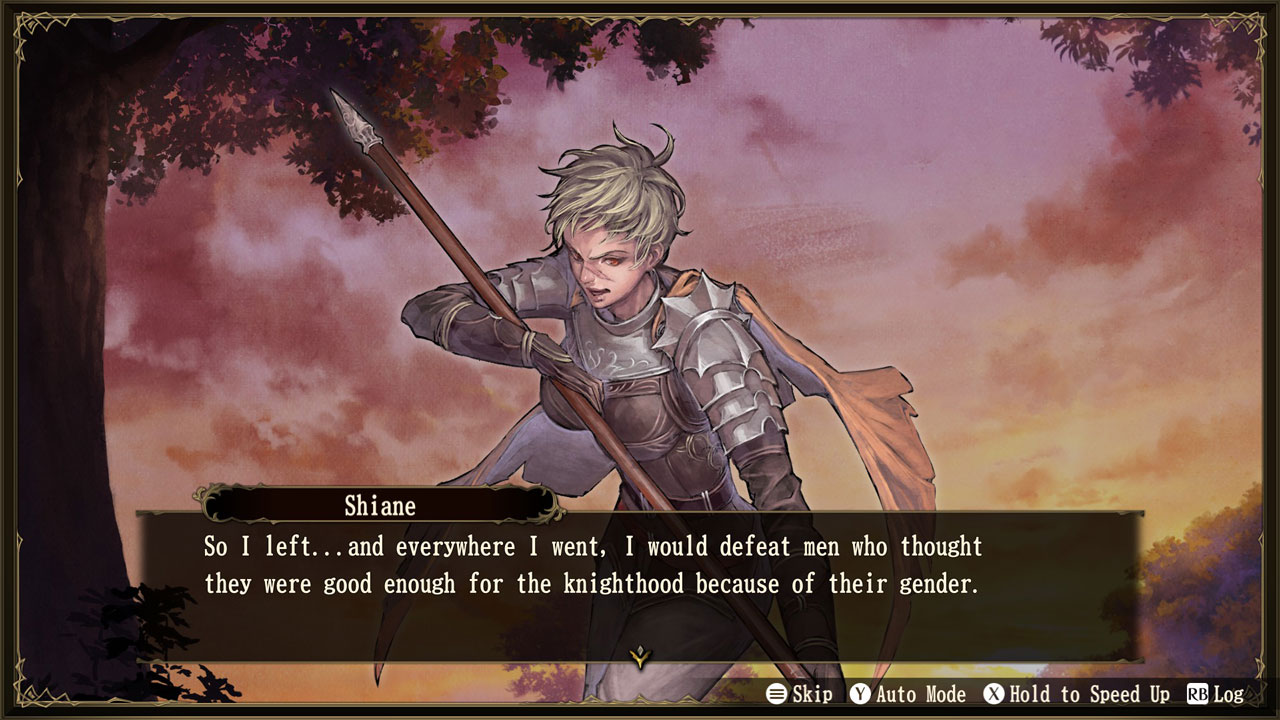
Preach sis!
That statement could be a little harsh, because Brigandine’s battles are decently fun, if a bit flimsy. All the different monsters and character classes create an ever changing state of composition that battles are not overwhelmingly repetitive. The biggest hurdle is that the objectives never change, and it quickly becomes noticeable. The alleviation is that, defeating the enemy and watching your dragons, knights or gremlin puff balls level up and change class (a la Final Fantasy Tactics job system) is the most engaging part. Unfortunately I can only count on one hand the number of battles that felt tenuous enough to warrant using what little tactical manoeuvring is available to come out on top; enemy AI isn’t too bright, to say the least.
The scenery around the battles is unique to each map but aesthetically very bland. Most of them default to flat plains, dense forests and wide oceans. There are environmental modifiers that buff and debuff units but the incorporation into gameplay are basically non-existent, and seemingly inconsequential to fights when most can be brute forced. Egregiously, Brigandine commits what I consider a cardinal sin for tactics games: the maps are simply too big. If the player has to spend three or four turns just moving towards combat with no tension building to excite the prospect of engaging the enemy, it’s monotonous, especially when there is such little tactical consideration required.
I think the only place Brigandine is outstandingly noteworthy is its character art, and not because of its bonk!-go-to-horny-jail fan service. Both monsters and Rune knights are lavishly detailed and I found myself endeared to the little models used in battle, like the Gremlin monster. Given that this is in fact a Switch port, it’s worth noting there were absolutely no issues with the way it runs on PC. The only strange quality are the absolutely bonkers mouse and keyboard controls. We’re talking ‘J’ and ‘K’ substitutes for ‘A’ and ‘B’ level of bonkers. A non-issue, admittedly, but an obscurity nonetheless. I undoubtedly endorse using a controller to streamline basically everything.
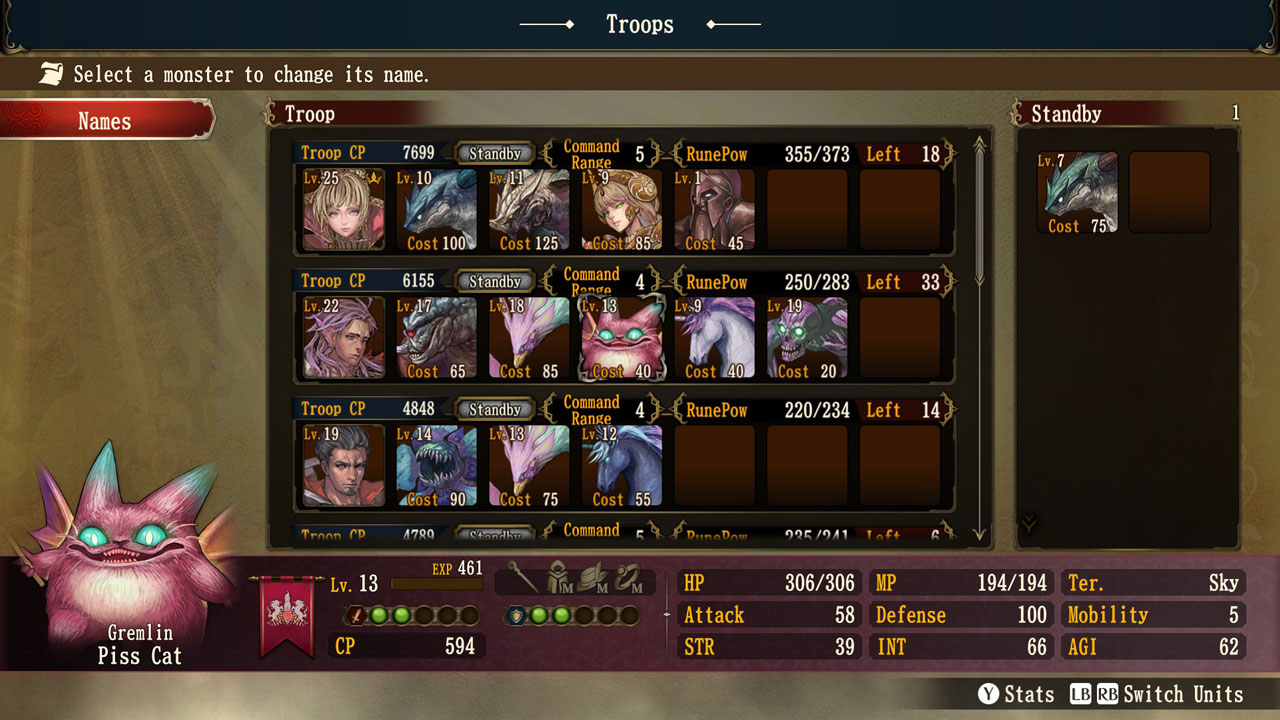
It’s my day one homie, Piss Cat
Final Thoughts
In comparison to some of the strides tactics games have made in recent years, Brigandine: The Legend of Runersia feels a little antiquated. It’s not so much that every project needs to be innovative, or adopt their competition’s mechanics, but there has been a standard of offering more than just battle after battle for years now. What’s here is at a competent level, with enough variation to maintain several playthroughs. The six factions, their characters and art are a definite highlight but are ultimately left exposed by the undercooked organisation phase and a modest take on tactics gameplay.
Reviewed on PC // Review code supplied by publisher
Click here for more information on WellPlayed’s review policy and ethics

- Matrix Software
- Happinet
- PS4 / Switch / PC
- May 11, 2022



Because Harrison spent his entire education years procrastinating he’s had no choice but to attempt to make a career out of it. His most shameful displays of sweaty power include beating Fable: The Lost Chapters three times in one day and reaching level 99 Fishing in OSRS; both uttering pointless endeavours. You tell him you out Fished or out Fabled him on Twitter @HarrisonTabulo





